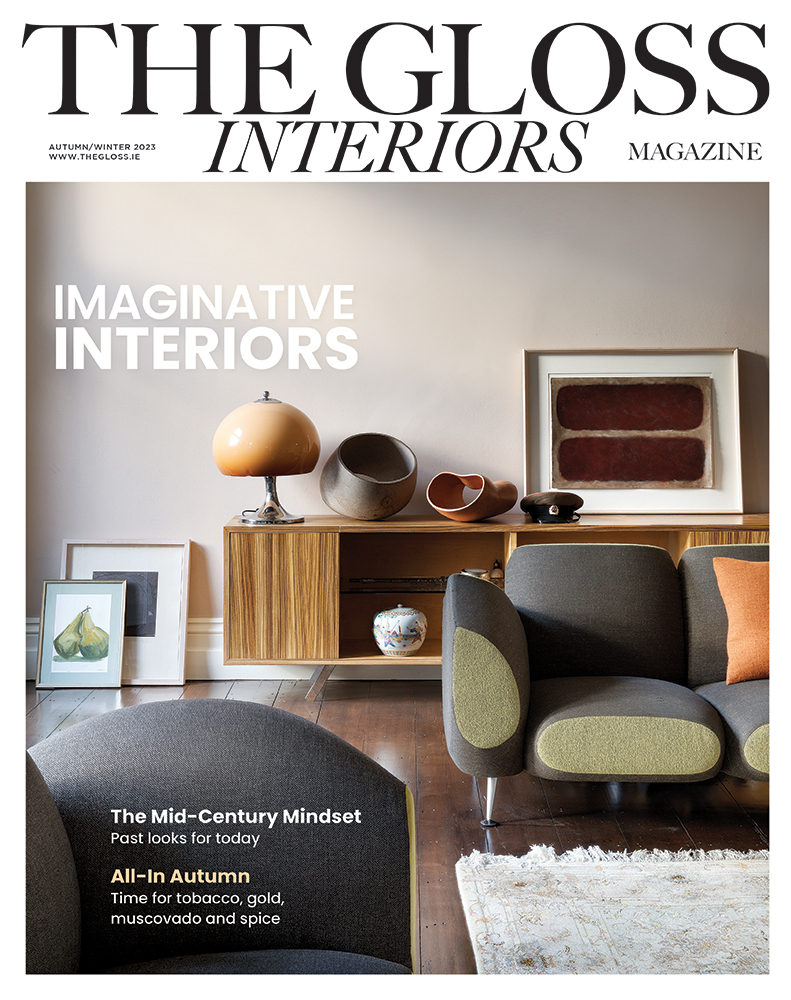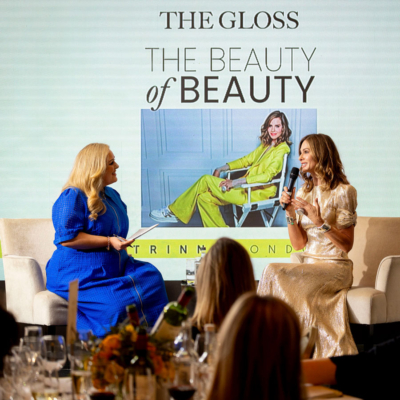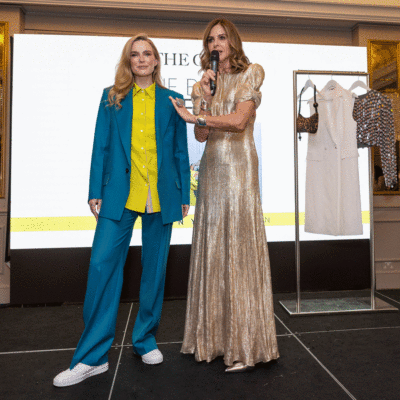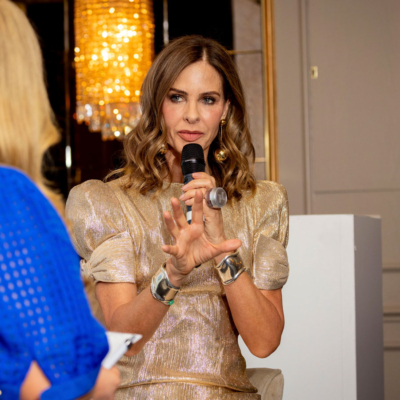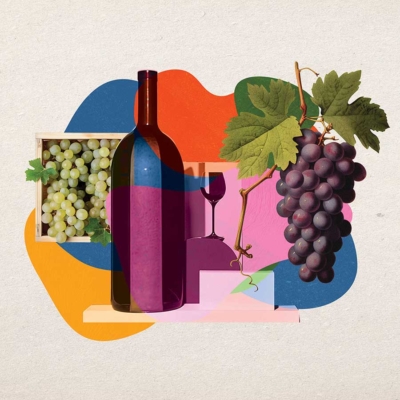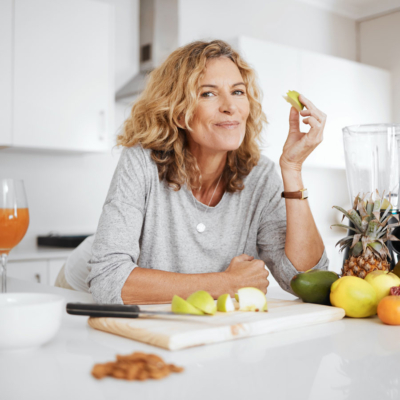Patricia Butler is guest curator of the new exhibition “Drawn from Nature: Irish Botanical Art” currently on at the National Gallery of Ireland. Patricia Butler’s book Irish Botanical Illustrators & Flower Painters forms the basis for the exhibition and she explains more about this artistic genre.
What can you tell us about early botanical drawing and how has it developed?
As a genre of art, European botanical illustration dates back to c15th century when herbals (books describing the culinary and medicinal uses of plants) were printed. In the 16th century, printing techniques advanced and new plants came to Europe; wealthy individuals and botanic gardens commissioned artists to record them in sumptuous outstanding Florilegia which revealed the exquisite artistry of such giants in the field as Ehret and Redouté.
In Ireland, the situation was somewhat different. Professor of Botany, Trinity College Dublin, Dr M E Mitchell once remarked: “When England and France had their provincial Floras, the Botany of this island [Ireland] was as much known as that of an island in the Pacific”. Unlike Britain, Ireland does not appear to have a strict, continuous history of botanical illustration.
By the end of the 17th century, no attempt had been made to record, catalogue and print a complete list of the Irish flora. It was not until 1726 when Caleb Threlkeld (1676-1728), a dissenting minister and physician became the first to catalogue, document and print the Irish flora, in A Catalogue of Irish Plants for the Layman. Dublin, 1726. It was not illustrated. Three years later, one of the earliest known Irish botanical portraits, Tormentil Potentilla anglica by County Kildare-born James Gwim (or Gwin) (1700-69) appeared, published by the Dublin Society.
Attempts were also being made to illustrate and publish a number of early floras including Flora Hibernica, c.1803, the work of John Templeton (1766-1825), considered by many to be the father of Irish natural history; and Flora Dubliniensis, c.1789, by Dublin surgeon, physician and self-taught botanist, Walter Wade (c.1740/60-1825). Illustrations for Flora Hibernica and Flora Dubliniensis are both on display in the exhibition. Wade was undoubtedly influenced by the celebrated 18th century naturalist, William Curtis (1746-99) whose publication Flora Londinensis (also on display) aimed to record and figure all plants growing wild within a ten-mile radius of London. Distinguished botanical illustrator, designer and engraver, William Kilburn (1745-1818), born in Dublin’s Capel Street, contributed the majority of some 29 splendid hand-coloured copperplate engravings included in this first volume, published in May, 1775. Kilburn’s album, containing 223 outstanding watercolour designs for textiles, ranging from fragile flowers, ferns, seaweeds and leaves, kindly lent by the Victoria & Albert Museum, London will also be on display.

Lydia Shackleton Peonia Officinalis National Botanic Gardens Dublin

Holly Somerville
Who were some of the pioneering artists of this genre?
The exhibition will include examples of the work of pioneering women botanists working in 19th century Ireland. These keen, talented, amateur botanists were largely confined to working on the margins of botanical and natural history illustration. Throughout their lives, the majority of their contributions in the field of botanical illustration were largely unacknowledged. During this period, girls were usually educated at home, their curiosity being channelled towards the “polite” subjects – music, painting and needlework. However, from the late 18th century onwards, botany began to be accepted as a respectable pursuit where knowledge based on observation and close familiarity with the environment was valued. The subject also provided women with a temporary escape from the constraints of indoor society, and provided them with an opportunity to meet leading scientists and botanists of the day.
Ireland’s first female field botanist, Ellen Hutchins (1785-1815), whose work features in the exhibition, was reluctant to publish in her own right. However, her many plant records as well as her illustrations were included – but rarely acknowledged – in the publications of leading botanists of the 19th century, for example Dawson Turner’s Historia Fuci (1808-1819). Two outstanding amateur botanists – artist, astronomer, naturalist and entrepreneur, the Honourable Mary Ward (1827-69), together with algologist and botanical illustrator, Anne Elizabeth Ball (1808-72) grew up in an age when the rise in popularity of natural history study became a fashionable pursuit for women, conforming as it did to contemporary ideas of femininity and self-expression. Works by both artists are featured in the exhibition. The latter contributed a number of records to self-taught Irish botanical artist/botanist, William Henry Harvey’s (1811-66) Phycologia Britanica, 1845-51, the author describing Anne Elizabeth Ball as ‘…the fair discoverer…. from whom I have, during the course of this publication, received much assistance’.

Mary Dillon
What are some of the unique prints and drawings of special significance in the exhibition?
George Victor Du Noyer’s (1817-69) unique botanical portraits also form part of this exhibition. As early as 1814, plans for an Ordnance Survey of Ireland were discussed in the House of Commons and a recommendation made that a survey and valuation of Ireland should be carried out, to include the fields of “… botany, zoology, geology, archaeology and productive economy”. The Irish Ordnance Survey under Lieutenant Colonel Colby began work on 22 June, 1824. Artist, field geologist and George Victor Du Noyer joined the Survey team in 1835, his task being to record the information brought back by the field officers attached to the Survey. This included examples in the field of botany such as apples and mushrooms – examples of which are on display in this show.
An outstanding artist who recorded, with a high degree of accuracy and skill the plants of the various countries in which she found herself, Lady Edith Blake (1846-1926) was born on the outskirts of Clonmel at Newtown Anner, County Tipperary. In 1874, she married County Limerick-born Henry Arthur Blake who was later to become Governor of the Bahamas, the first of five governorships which included Newfoundland, Jamaica, Hong Kong and Ceylon. Throughout her travels, Lady Blake recorded native plants, butterflies and landscape, always being acutely aware of native plants and their importance to the local economy. Her depictions of Balsa wood are on display in the exhibition. An established author, Lady Blake contributed articles to journals and newspapers with topics ranging from the position of women in China to the restoration of the Ming Dynasty. In 1894, the Museum of Science and Art, Dublin (now National Museum of Ireland) exhibited her work.
Who are some of the contemporary artists of note in this genre?
Today, in Ireland, due largely to the foundation of the Irish Society of Botanical Artists, botanical art is on the rise. In its very first year, the Society welcomed over 100 members and in its short six-year history, it has produced many outstanding publications, including Plandaí Oidhreachta. Heritage Irish Plants (2016) and Éireannach. Celebrating Native Plants of Ireland (2018). The contemporary artists represented in the exhibition are – Mary Dillon, Shevaun Doherty, Deborah Lambkin, Siobhán M. Larkin, Margareta Pertl, Yanny Petters, Susan Sex, Jane Stark, Lynn Stringer, and Holly Somerville.
Need to Know: Curated by Janet McLean with guest curator Patricia Butler “Drawn from Nature: Irish Botanical Art” is at National Gallery of Ireland until June 21. Admission is free. www.nationalgallery.ie

Lynn Stringer Meadowsweet Private Collection
LOVETHEGLOSS.IE?
Sign up to our MAILING LIST now for a roundup of the latest fashion, beauty, interiors and entertaining news from THE GLOSS MAGAZINE’s daily dispatches.

